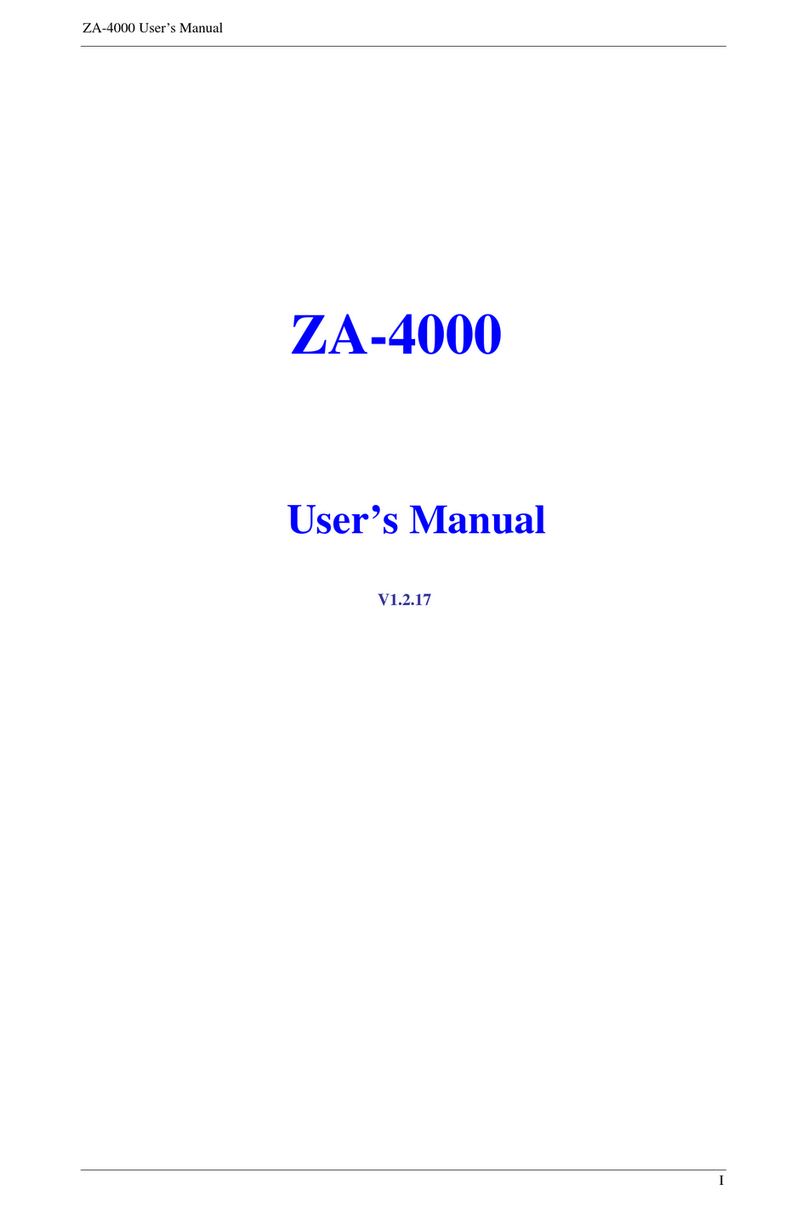ZG-7600H-P User Manual
Page IV
Content
Chapter 1 Introduction ...............................................................................................1
Introduction to Product................................................................................................1
LED and Port Definition .............................................................................................1
Chapter 2 Hardware Installation...............................................................................3
System Requirements..................................................................................................3
Chapter 3 Safely Use Your Device..............................................................................4
Safely Use in Installation ............................................................................................4
Safely Use in Management..........................................................................................4
Chapter 4 Basic Configuration...................................................................................5
Default Settings...........................................................................................................5
Using the Web Management........................................................................................6
System Setup...............................................................................................................7
Wireless Settings.........................................................................................................8
Chapter 5 Advanced Configuration......................................................................... 11
VAP(Virtual AP) Setup..............................................................................................11
Bridge Mode Setup....................................................................................................14
AP Client Mode Setup...............................................................................................16
802.1Q VLAN Setup.................................................................................................17
MAC Filter................................................................................................................18
Throughput Accelerate..............................................................................................19
Chapter 6 Management.............................................................................................21
View Device’s Status.................................................................................................21
View Association List................................................................................................21
View Statistics...........................................................................................................22
Change Password ......................................................................................................22
Firmware Upload.......................................................................................................23
Configuration File.....................................................................................................23
Restore to Factory .....................................................................................................24




























